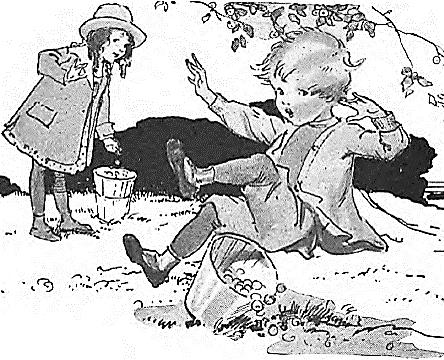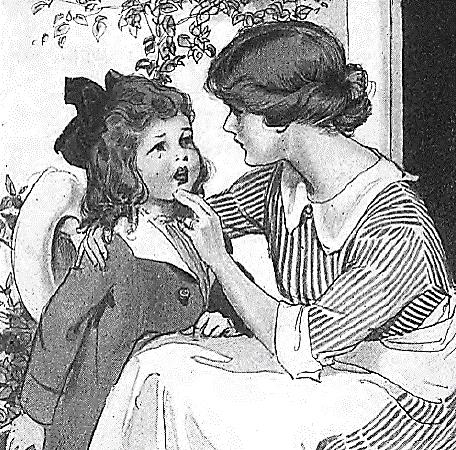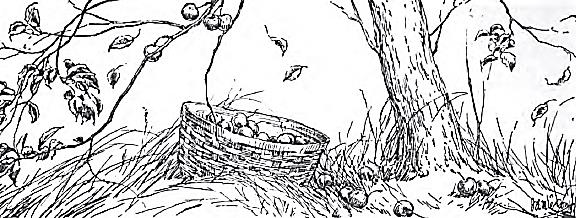 Peter and Polly Series
Peter and Polly
Peter and Polly Series
Peter and Polly





 Peter and Polly Series
Peter and Polly
Peter and Polly Series
Peter and Polly

Study the lesson for one week.
Over the week:
In the story, a wasp stings Polly's tongue. A wasp is a winged, black and yellow striped insect with a narrow waist and a sting.
Facts about insects:
Activity 1: Narrate the Story
Activity 2: Wasp External Anatomy
Objective:
Study the external anatomy of insects.
Materials:
Crayons or markers and paper.
Procedure:
